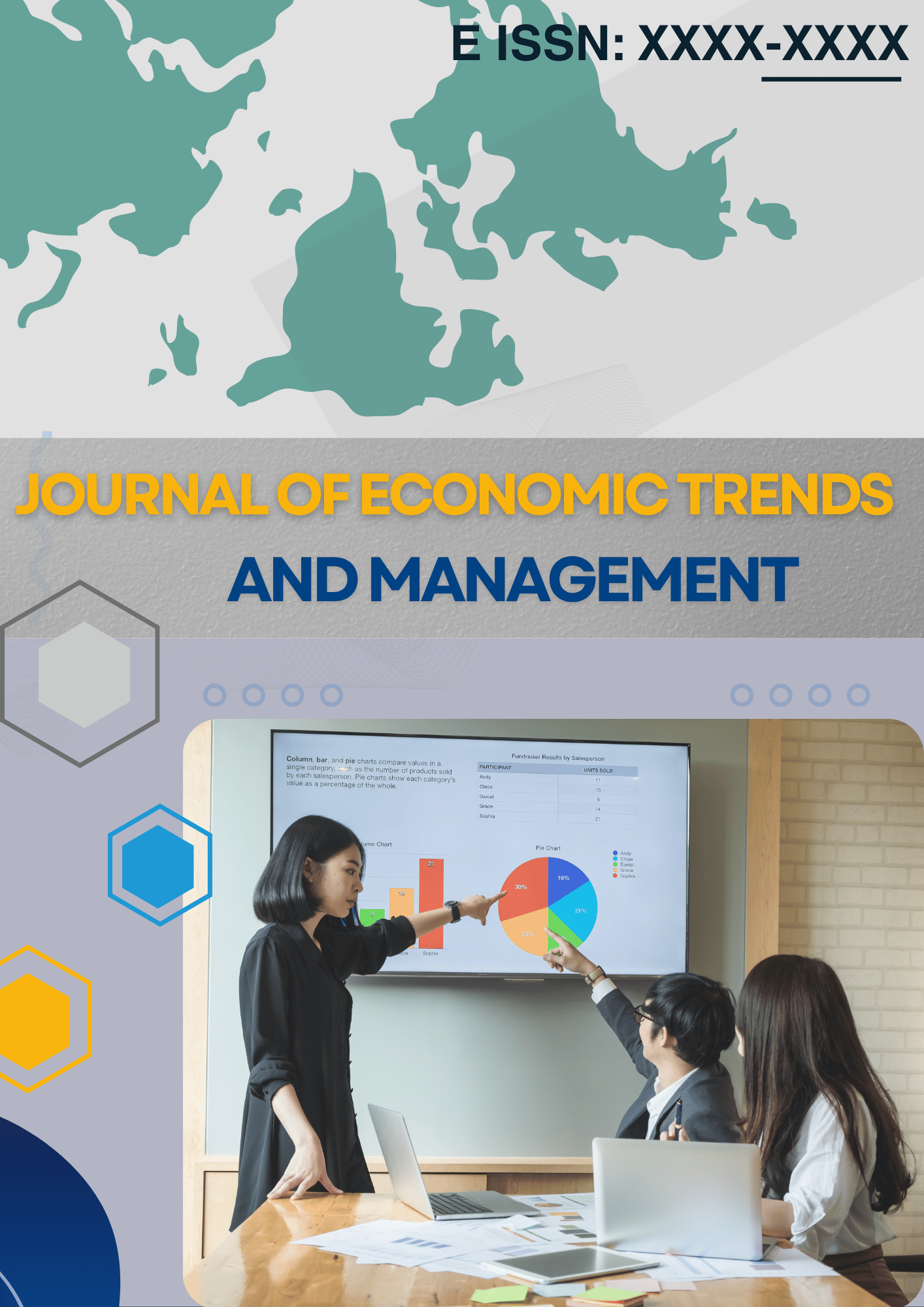Analysis of Inter-Regional Economic Development Inequality in Indonesia: Williamson Index Approach and Determinant Factors
Keywords:
Regional Inequality , Williamson Index , Economic Development , Urbanization, Panel DataAbstract
Purpose: This study aims to analyze the inequality of economic development between regions in Indonesia during the period 2013–2023 using the Williamson Index approach. Furthermore, this study also aims to identify and evaluate factors influencing the level of development inequality, such as regional investment, government spending, infrastructure, urbanization, and the Human Development Index (HDI).
Subjects and Methods: This study uses panel data from 34 provinces in Indonesia over an 11-year period (2013–2023). The Williamson Index is used to measure development inequality, while panel data regression analysis with a fixed-effects model approach is applied to examine the influence of independent variables on inequality. The variables studied include regional investment, regional government spending, road length (as a proxy for infrastructure), urbanization rate, and the Human Development Index (HDI).
Results: The results of the study indicate that, in general, inter-regional development inequality is moderate, although it shows a downward trend from year to year. The variables of regional investment, regional spending, road length, and the Human Development Index (HDI) have a negative and significant effect on inequality, indicating that improvements in these variables can reduce inter-regional disparities. Meanwhile, the level of urbanization has a positive and significant effect on inequality, indicating that concentrated urbanization widens the gap between regions.
Conclusions: Inter-regional development inequality in Indonesia remains a serious challenge, despite improvements. Economic and human development factors have been shown to reduce inequality when managed appropriately. However, unbalanced urbanization actually exacerbates disparities. Therefore, comprehensive and integrated policies are needed to promote more equitable and sustainable development across Indonesia.
References
Bruszt, L. (2008). Multi-level governance—The Eastern versions: Emerging patterns of regional developmental governance in the new member states. Regional & Federal Studies, 18(5), 607-627. https://doi.org/10.1080/13597560802351622
De Dominicis, L., Florax, R. J., & De Groot, H. L. (2008). A meta‐analysis on the relationship between income inequality and economic growth. Scottish journal of political economy, 55(5), 654-682. https://doi.org/10.1111/j.1467-9485.2008.00470.x
Faggian, A., Modrego, F., & McCann, P. (2019). Human capital and regional development. Handbook of regional growth and development theories, 149-171. https://doi.org/10.4337/9781788970020.00015
Firman, T. (2009, July). Decentralization reform and local‐government proliferation in Indonesia: Towards a fragmentation of regional development. In Review of Urban & Regional Development Studies: Journal of the Applied Regional Science Conference (Vol. 21, No. 2‐3, pp. 143-157). Melbourne, Australia: Blackwell Publishing Asia. https://doi.org/10.1111/j.1467-940X.2010.00165.x
Graham, H. (2004). Social determinants and their unequal distribution: clarifying policy understandings. The Milbank Quarterly, 82(1), 101-124. https://doi.org/10.1111/j.0887-378X.2004.00303.x
Grimm, M., Harttgen, K., Klasen, S., & Misselhorn, M. (2008). A human development index by income groups. World development, 36(12), 2527-2546. https://doi.org/10.1016/j.worlddev.2007.12.001
Hartati, S. (2021). Development Inequality Analysis Between District and Identification of the Leading Economic Sector. International Journal of Multicultural and Multireligious Understanding (IJMMU), 8(3), 442-450.
Jovovic, R., Draskovic, M., Delibasic, M., & Jovovic, M. (2017). The concept of sustainable regional development–institutional aspects, policies and prospects. Journal of International Studies, 10(1). https://doi.org/10.14254/2071-8330.2017/10- 1/18
Kisiała, W., & Suszyńska, K. (2017). Economic growth and disparities: an empirical analysis for the Central and Eastern European countries. Equilibrium. Quarterly Journal of Economics and Economic Policy, 12(4), 613-631.
Midgley, J., & Tang, K. L. (2001). Introduction: Social policy, economic growth and developmental welfare. International Journal of Social Welfare, 10(4), 244-252. https://doi.org/10.1111/1468-2397.00180
Patra, A. K., & Acharya, A. (2011). Regional disparity, infrastructure development and economic growth: An inter-state analysis. Research and Practice in Social Sciences, 6(2), 17-30.
Regina, R., Sinring, B., & Hamid, M. (2020). Analysis the Effects of Poverty, General Allocation Fund and Economic Growth to Human Development Index (HDI) in Indonesia. Jurnal Economic Resources, 3(2), 1-12.
Ruhana, F., Nasution, M. S., Susniwan, A., & Sutiapermana, A. (2024). Combating poverty and social inequality in 2023 a global imperative for equitable development and social justice. International Journal of Science and Society, 6(1), 899-912.
Stimson, R. J., Stough, R. R., & Roberts, B. H. (2006). Regional economic development: analysis and planning strategy. Berlin, Heidelberg: Springer Berlin Heidelberg.
Williamson, J. G. (1965). Regional inequality and the process of national development: a description of the patterns. Economic development and cultural change, 13(4, Part 2), 1-84.
Downloads
Published
Issue
Section
License
Copyright (c) 2025 Journal of Economic Trends and Management

This work is licensed under a Creative Commons Attribution-ShareAlike 4.0 International License.






